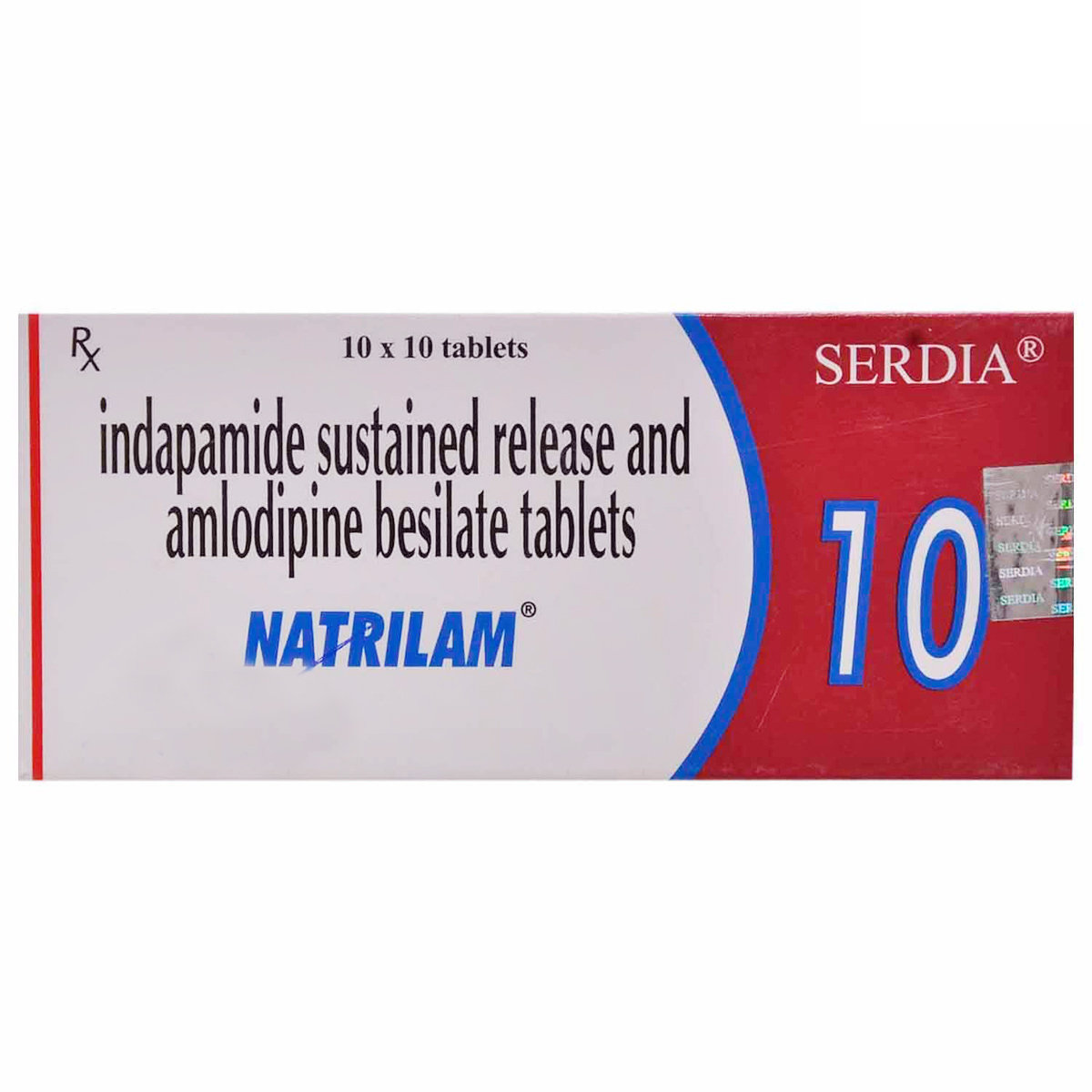Natrilam Tablet

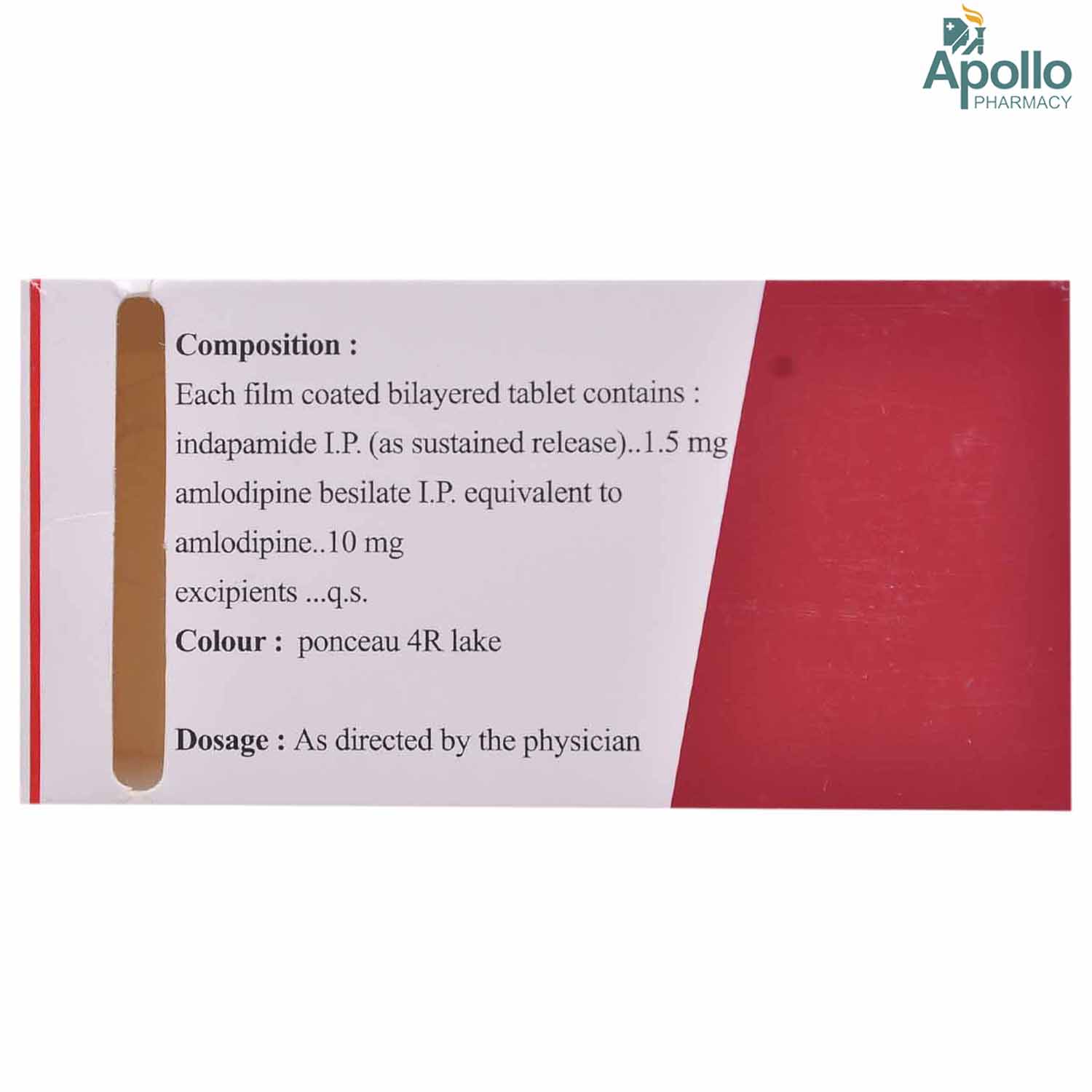
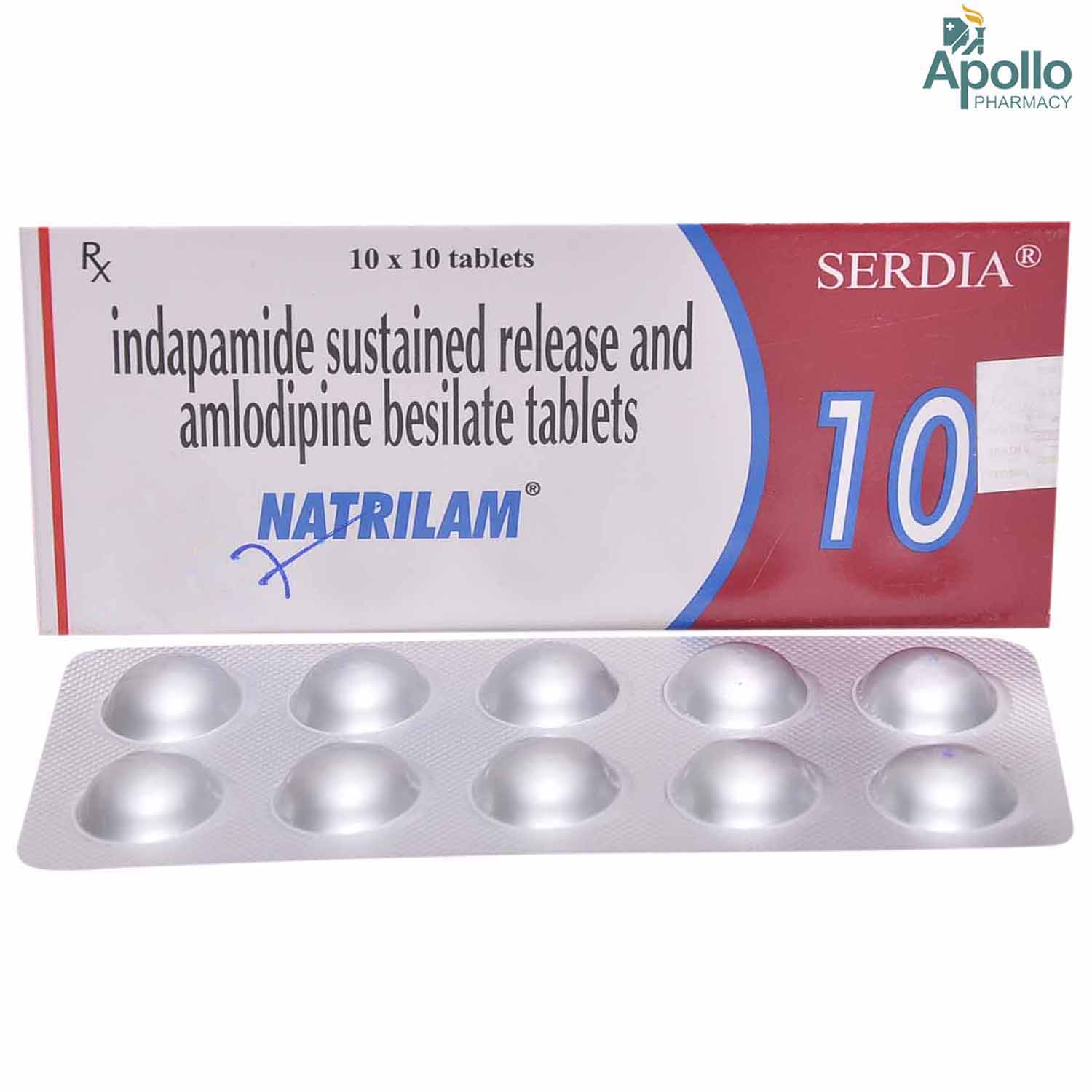
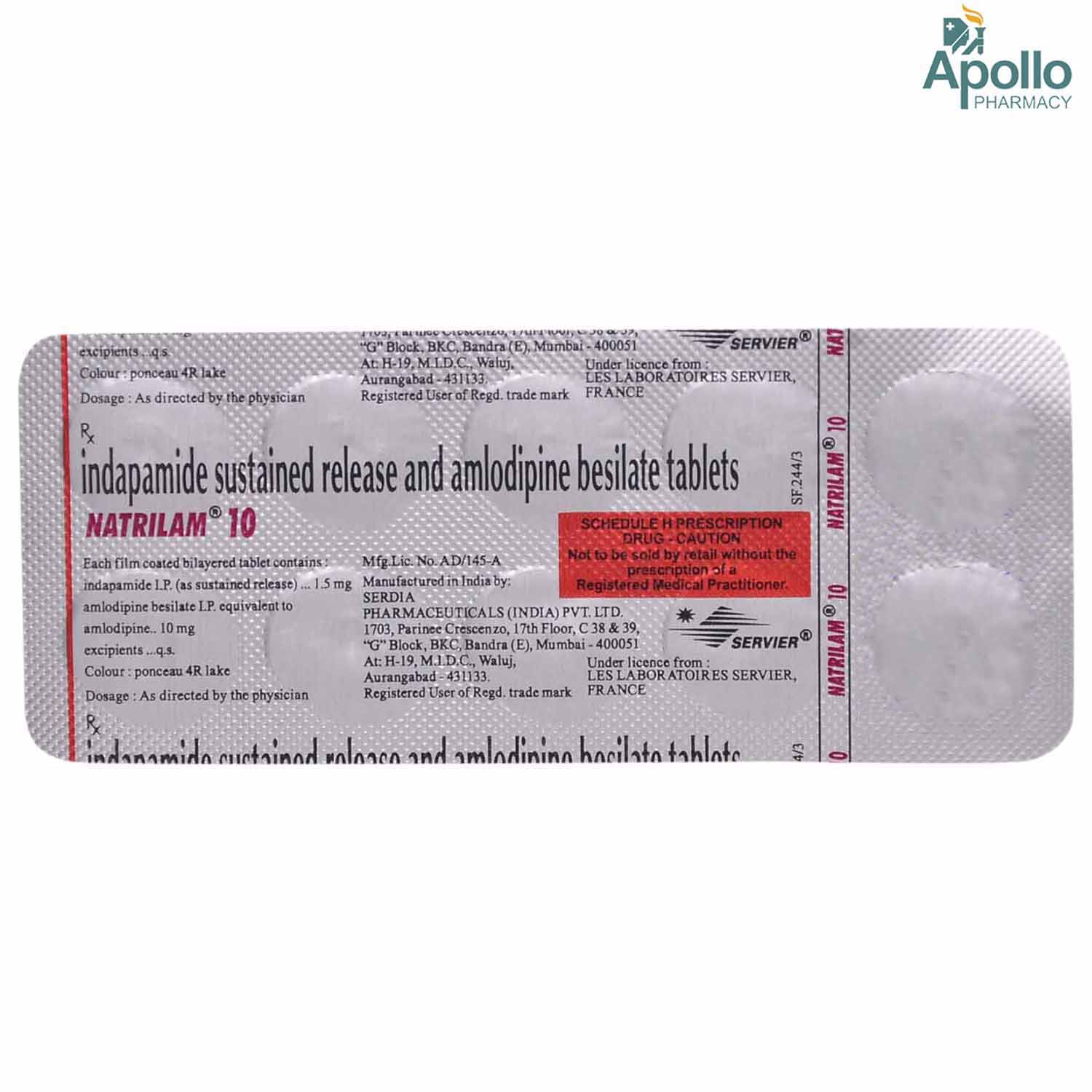
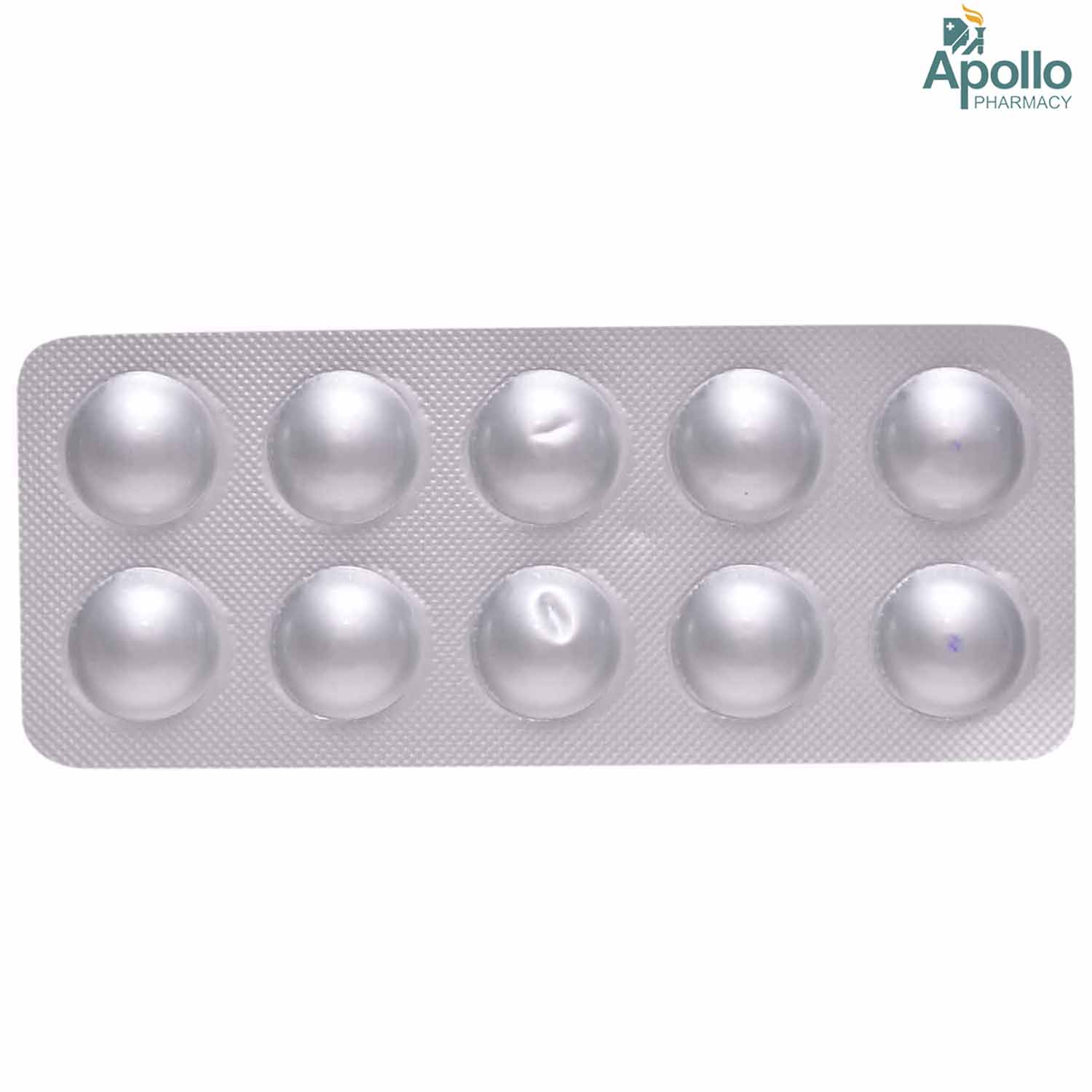
MRP ₹151
(Inclusive of all Taxes)
₹22.6 Cashback (15%)
know your delivery time
Provide Delivery Location
Composition :
Manufacturer/Marketer :
Consume Type :
Expires on or after :
Return Policy :

Secure Payment

Trusted by 8 Crore Indians

Genuine Products
Therapeutic Class
Country of origin
Manufacturer/Marketer address
Disclaimer
Alcohol
Safe if prescribed
Alcohol may lower your blood pressure. It would help if you avoid or limit consuming alcohol whilst taking this medicine.
Pregnancy
Consult your doctor
Indapamide in Natrilam Tablet is not recommended during pregnancy. However, seek medical advice before using Natrilam Tablet if you plan to conceive or are pregnant.
Breast Feeding
Consult your doctor
There are limited studies on how Natrilam Tablet affects breastfed infants. However, Indapamide in Natrilam Tablet may pass into the breast milk during breastfeeding. Please consult your doctor before using Natrilam Tablet if you are a lactating mother.
Driving
Safe if prescribed
Natrilam Tablet may cause side effects such as dizziness or tiredness. If you feel dizzy or tired when taking this medicine, do not drive or use any tools or machines.
Liver
Consult your doctor
Let your doctor know if you have any history of liver diseases before using Natrilam Tablet .
Kidney
Consult your doctor
Let your doctor know if you have any history of kidney diseases before using Natrilam Tablet .
Children
Safe if prescribed
Natrilam Tablet is not recommended for use in people below 18 years of age.
Product Substitutes
About Natrilam Tablet
Natrilam Tablet belongs to the class of medication called 'anti-hypertensive drugs', primarily used to treat hypertension (high blood pressure). Hypertension is a medical condition in which the blood exerts high pressure (force exerted by circulating blood) against the blood vessel's walls. This condition makes the heart work harder in pumping blood to the whole body. Hypertension can cause severe health complications, including stroke, heart failure, heart attack and kidney failure.
Natrilam Tablet consists of Amlodipine and Indapamide. Amlodipine relaxes blood vessels so that blood passes through them easily, thereby lowering blood pressure. Indapamide inhibits excess salt absorption in the body, resulting in increased chloride, sodium, and water excretion through urine. This diuresis process (increased urine production) and excess salts and fluid removal help lower blood pressure.
The common side effects of Natrilam Tablet include nausea, stomach pain, headache, sleepiness, ankle swelling, flushing (warm sensation in the face, ears, neck, and trunk), palpitations (pounding heartbeat), constipation, muscle pain, and tiredness. Most of these side effects resolve gradually over time and do not usually require medical attention. However, if you notice any side effects that are not manageable, it is advised to consult your doctor.
Try not to stop taking this medicine on your own. Stopping Natrilam Tablet may worsen your condition and increase the risk of a heart attack. Tell your doctor if you are sensitive to Natrilam Tablet , have any kidney/liver diseases, or have heart problems like aortic/mitral stenosis (reduced blood flow from the left atrium to the left ventricle due to narrowing of the mitral valve). Natrilam Tablet is not recommended for use in pregnancy and breastfeeding. Natrilam Tablet may cause dizziness; hence it is advised to drive only when you are alert.
Uses of Natrilam Tablet
Medicinal Benefits Mweb
Key Benefits
Natrilam Tablet is composed of two medicines, namely: Amlodipine and Indapamide. Amlodipine belongs to the class of calcium channel blockers that relaxes blood vessels so that blood passes through them easily, lowering blood pressure. Indapamide is a thiazide diuretic that inhibits excess salt absorption in the body, resulting in increased chloride, sodium, and water excretion through urine. This diuresis process (increased urine production) and excess salts and fluid removal help lower blood pressure.
Directions for Use
Side Effects of Natrilam Tablet
- Blurred Vision
- Sweating
- Tiredness
- Dehydration
- Constipation
- Dizziness
- Headache
- Nausea
- Cold hands or feet
- Muscle cramps
- Difficulty breathing
- Tightness in the chest
Drug Warnings
Do not use Natrilam Tablet if you are allergic to any of its components. Let your doctor know if you have any history of severe kidney or liver diseases, low potassium levels (hypokalaemia), chest pain (angina), poor blood circulation or controlled heart failure, first-degree heart block, diabetes, thyrotoxicosis (a condition caused by an overactive thyroid gland), liver problems and adrenal gland diseases. Let your doctor know if you have anuria (kidneys aren't producing urine), fluid or electrolyte imbalance, lupus erythematosus (an autoimmune inflammatory disease-causing scaly red patches on the skin), gout, abnormal heart rhythms, thyroid disorders or asthma. Consult your doctor if you are pregnant or breastfeeding. Natrilam Tablet can increase the chances of light-headedness, so rise slowly if you are sitting/lying and avoid operating any machine or doing any work that needs mental alertness. Natrilam Tablet is not recommended in people less than 18 years of age.
Drug-Drug Interactions
Drug-Drug Interactions
Login/Sign Up
Taking Droperidol with Natrilam Tablet can lead to severe heart problems.
How to manage the interaction:
Taking Droperidol with Natrilam Tablet is not recommended, but can be taken if prescribed by the doctor.
Taking Protriptyline along with Natrilam Tablet can lead to serious heart problems.
How to manage the interaction:
Taking Protriptyline with Natrilam Tablet is not recommended, but can be taken if prescribed by the doctor.
Taking Natrilam Tablet with Thioridazine can increase the risk of heart problems.
How to manage the interaction:
Taking Thioridazine with Natrilam Tablet is not recommended, but can be taken if prescribed by the doctor.
Using Natrilam Tablet together with dantrolene may increase the risk of hyperkalemia (high blood potassium).
How to manage the interaction:
Taking Natrilam Tablet with Dantrolene can cause an interaction, consult a doctor before taking it. You should seek medical attention if you experience nausea, vomiting, weakness, confusion, tingling of the hands and feet, a weak pulse, or a slow or irregular heartbeat. Do not stop using any medications without talking to a doctor.
Co-administration of Natrilam Tablet with Dofetilide can increase the risk of abnormal heart rhythm.
How to manage the interaction:
Taking Natrilam Tablet and Dofetilide together can result in an interaction, it can be taken if a doctor has advised it. However, if you experience sudden dizziness, fainting, shortness of breath, rapid heartbeat, weakness, muscle pain, cramps, nausea, or vomiting, consult a doctor immediately. Do not discontinue any medications without a doctor's advice.
Co-administration of Amiodarone together with Natrilam Tablet may raise the risk of an abnormal heart rhythm.
How to manage the interaction:
Even though Amiodarone and Natrilam Tablet interact, they can be used if prescribed by a doctor. If you experience abrupt dizziness, lightheadedness, fainting, shortness of breath, or rapid heartbeat, painful muscle cramping, get medical attention. Do not discontinue any medications without consulting a doctor.
Taking Natrilam Tablet with Lithium can increase the blood levels of lithium.
How to manage the interaction:
Taking Natrilam Tablet with Lithium can result in an interaction, but it can be taken if a doctor has advised it. However, if you experience symptoms like loose stools, vomiting, drowsiness, shaking of hands and legs, thirst, increased urination, lack of coordination, or muscle weakness, consult a doctor. Do not discontinue any medications without a doctor's advice.
Co-administration of Natrilam Tablet with Arsenic trioxide can increase the risk of abnormal heart rhythms.
How to manage the interaction:
Taking Natrilam Tablet and Arsenic trioxide together can result in an interaction, it can be taken if a doctor has advised it. However, if you experience sudden dizziness, lightheadedness, fainting, shortness of breath, rapid heartbeat, weakness, tiredness, drowsiness, confusion, muscle pain, cramps, nausea, or vomiting, consult a doctor immediately. Do not discontinue any medications without a doctor's advice.
Co-administration of Tizanidine with Natrilam Tablet may reduce blood pressure greatly leading to side effects.
How to manage the interaction:
Although taking Natrilam Tablet and Tizanidine together can cause an interaction, it can be taken if a doctor has suggested it. However, if you notice any of these signs - feeling dizzy, having a headache, feeling lightheaded, or fainting, Consult a doctor. Do not discontinue any medications without a doctor's advice.
Using Aminolevulinic acid with Natrilam Tablet, your skin becomes more sensitive to strong light. This increases your risk of getting a bad sunburn.
How to manage the interaction:
Although taking Natrilam Tablet and Aminolevulinic acid together can cause an interaction, it can be taken if a doctor has suggested it. After treatment, you should wait 48 hours before exposing your eyes, and skin, to any bright lights indoors. Do not discontinue any medications without a doctor's advice.
Drug-Food Interactions
Drug-Food Interactions
Login/Sign Up
Grapefruit, Grapefruit Juice
How to manage the interaction:
Consumption of grapefruit and grapefruit juice along with Indapamide and Amlodipine the levels of Indapamide and Amlodipine in your bloodstream may drop. Avoid consuming a lot of grapefruit and grapefruit juice when using Natrilam Tablet, instead, take it with water. As a result, your body will absorb the drug more easily.
Drug-Diseases Interactions
Drug-Diseases Interactions
Login/Sign Up
Drug-Drug Interactions Checker List
- SILDENAFIL
- OXYCODONE
- PREDNISONE
- CLONAZEPAM
- ESOMEPRAZOLE
- INSULIN GLARGINE
- METFORMIN
- CHOLECALCIFEROL
- RISPERIDONE
- DULOXETINE
- DIGOXIN
- AMIODARONE
- LISINOPRIL
- CANDESARTAN
- LITHIUM
- NAPROXEN
- AMISULPRIDE
- IBUPROFEN
- PIMOZIDE
- ALPRAZOLAM
- CLONIDINE
- BACLOFEN
- LEVODOPA
- METOPROLOL
- CHLORTHALIDONE
- HYDROCHLOROTHIAZIDE
- FUROSEMIDE
- TORSEMIDE
- RAMIPRIL
Habit Forming
Special Advise
- Monitor your blood pressure regularly and seek medical advice if you notice any drastic fluctuations.
- Let your doctor know if you are advised for any blood examinations as diuretics like Indapamide can cause changes in the laboratory parameters like low potassium levels in the blood, low sodium in the blood, low blood pressure, increase in uric acid, increase in blood glucose levels in diabetic patients, increase in calcium levels in the blood, and increase in the liver enzyme levels.
- Let your anaesthetist or medical staff know that you are taking Natrilam Tablet since Natrilam Tablet can lower blood pressure levels when certain anaesthetic medications are given during any operation or surgery.
- Athletes should be aware that Indapamide in Natrilam Tablet gives a positive reaction in doping tests.
Diet & Lifestyle Advise
- Keep your weight under control with a body mass index (BMI) between 19.5 and 24.9.
- Quit smoking to lower the risk of heart disease.
- Avoid chronic stress, as it can raise your blood pressure. Try to enjoy and spend time with your loved ones to cope with stress.
- Monitor your blood pressure daily, and if you notice any fluctuations frequently, please get in touch with your doctor immediately.
- Try including heart-healthy omega-3 fatty acid-containing foods in your daily diet. You can also use low-fat cooking oils like olive oil, soybean oil, canola oil, and coconut oil that help in lowering your elevated blood pressure.
All Substitutes & Brand Comparisons
RX
Out of StockIndipil AM 10 Tablet 10's
Eris Life Sciences Ltd
₹140.5
(₹14.05 per unit)
3% COSTLIERRX
Natrilam 10 Tablet 10's
Serdia Pharmaceuticals India Pvt Ltd
₹171.5
(₹15.44 per unit)
13% COSTLIERRX
Natrilam 1.5/10 mg Tablet 10's
Serdia Pharmaceuticals India Pvt Ltd
₹171.5
(₹17.15 per unit)
26% COSTLIER

Have a query?
Buy best Cardiology products by
Torrent Pharmaceuticals Ltd
Sun Pharmaceutical Industries Ltd
Lupin Ltd
Intas Pharmaceuticals Ltd
Cipla Ltd
Micro Labs Ltd
Macleods Pharmaceuticals Ltd
Abbott India Ltd
Ajanta Pharma Ltd
Ipca Laboratories Ltd
Eris Life Sciences Ltd
Mankind Pharma Pvt Ltd
Lloyd Healthcare Pvt Ltd
Dr Reddy's Laboratories Ltd
Glenmark Pharmaceuticals Ltd
Emcure Pharmaceuticals Ltd
Alembic Pharmaceuticals Ltd
Alkem Laboratories Ltd
East West Pharma India Pvt Ltd
USV Pvt Ltd
Zydus Healthcare Ltd
Aristo Pharmaceuticals Pvt Ltd
Elbrit Life Sciences Pvt Ltd
J B Chemicals & Pharmaceuticals Ltd
Zydus Cadila
Akumentis Healthcare Ltd
Alteus Biogenics Pvt Ltd
Hbc Life Sciences Pvt Ltd
Fusion Health Care Pvt Ltd
Troikaa Pharmaceuticals Ltd
La Renon Healthcare Pvt Ltd
Corona Remedies Pvt Ltd
Jubilant Lifesciences Ltd
Medley Pharmaceuticals Ltd
Knoll Healthcare Pvt Ltd
Msn Laboratories Pvt Ltd
Zuventus Healthcare Ltd
Cadila Pharmaceuticals Ltd
Blue Cross Laboratories Pvt Ltd
Lividus Pharmaceuticals Pvt Ltd
Morepen Laboratories Ltd
Ranmarc Labs
Shrrishti Health Care Products Pvt Ltd
Sanofi India Ltd
Steris Healthcare
Elder Pharmaceuticals Ltd
Primus Remedies Pvt Ltd
Unison Pharmaceuticals Pvt Ltd
Eswar Therapeutics Pvt Ltd
Knoll Pharmaceuticals Ltd
Tas Med India Pvt Ltd
Systopic Laboratories Pvt Ltd
Indiabulls Pharmaceuticals Pvt Ltd
Leeford Healthcare Ltd
Sinsan Pharmaceuticals Pvt Ltd
Biochem Pharmaceutical Industries Ltd
Cadila Healthcare Ltd
Azkka Pharmaceuticals Pvt Ltd
Nirvana India Pvt Ltd
Orsim Pharma
Prevego Healthcare & Research Pvt Ltd
Econ Healthcare
Elinor Pharmaceuticals (P) Ltd
FDC Ltd
Sunij Pharma Pvt Ltd
Nicholas Piramal India Ltd
Astra Zeneca Pharma India Ltd
Pfizer Ltd
Lia Life Sciences Pvt Ltd
Shine Pharmaceuticals Ltd
Elicad Pharmaceuticals Pvt Ltd
Indoco Remedies Ltd
Proqol Health Care Pvt Ltd
Vasu Organics Pvt Ltd
Biocon Ltd
Opsis Care Lifesciences Pvt Ltd
Johnlee Pharmaceuticals Pvt Ltd
Merck Ltd
Wockhardt Ltd
Auspharma Pvt Ltd
Ergos Life Sciences Pvt Ltd
Lakshya Life Sciences Pvt Ltd
Ordain Health Care Global Pvt Ltd
Pficus De Med Pvt Ltd
ALICAN PHARMACEUTICAL PVT LTD
RPG Life Sciences Ltd
Glynis Pharmaceuticals Pvt Ltd
Orris Pharmaceuticals
Samarth Life Sciences Pvt Ltd
Aprica Pharmaceuticals Pvt Ltd
Aretaeus Pharmaceuticals Pvt Ltd
Koye Pharmaceuticals Pvt Ltd
Neocardiab Care
Retra Life Science Pvt Ltd
Alniche Life Sciences Pvt Ltd
Alvio Pharmaceuticals Pvt Ltd
Arkas Pharma Pvt Ltd
Atos Lifesciences Pvt Ltd
Divine Savior Pvt Ltd
Metalis Lifesciences Pvt Ltd
Customers Also Bought


